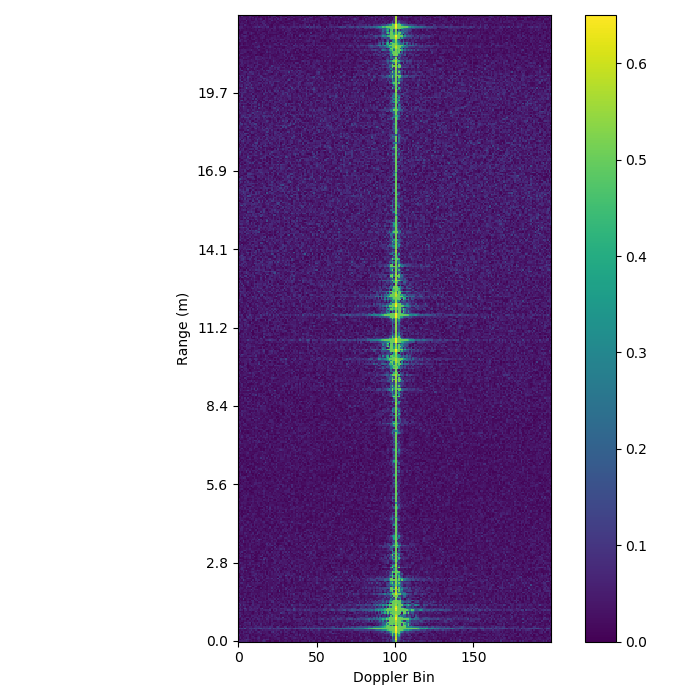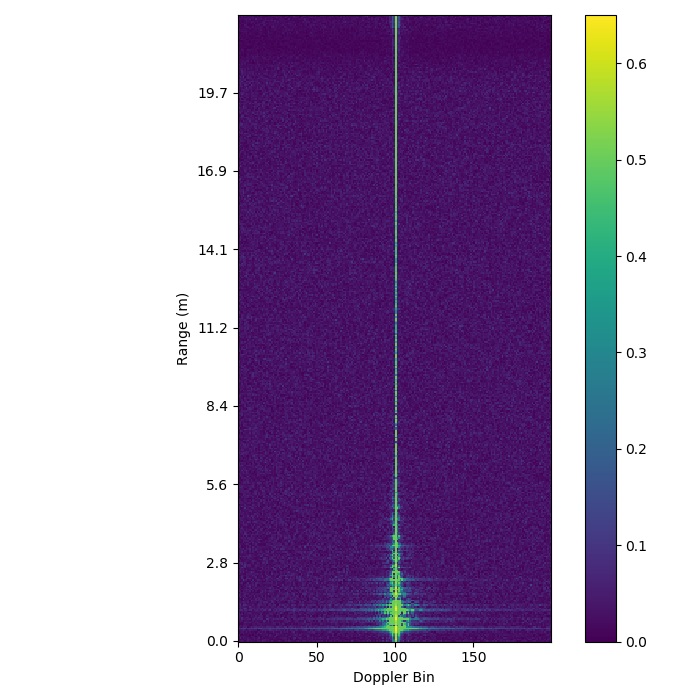Other Parts Discussed in Thread: IWR1642
Hi guys,
I'm using IWR1642 to detect obstacles. The mmStudio PostProc can generate 1D-FFT amplitude profile with complex, only-real and only-imag modes. The results are shown below.
My question is: why does the symmetry of FFT preserve both in the only-real and only-imag modes, but does not preserve for the complex case?
Since mmStudio is not open-source, when implementing my customized range-Doppler FFT, I can only get a mirrored results in the range axis. This could significantly degrade the maximum distance for obstacle detection.



